Stunning Companion Plants For Purple Pixie Loropetalum
Stunning Companion Plants for Purple Pixie Loropetalum
Purple Pixie Loropetalum is a beautiful evergreen shrub that is known for its deep purple foliage and fragrant flowers. It is a versatile plant that can be used in a variety of settings, from borders to foundation plantings. When choosing companion plants for Purple Pixie Loropetalum, it is important to consider the plant's size, color, and light requirements.
Here are some stunning companion plants for Purple Pixie Loropetalum:
- Lemon Lime Nandina: This colorful shrub has bright yellow-green foliage that provides a striking contrast to the purple leaves of Purple Pixie Loropetalum. Lemon Lime Nandina is also a low-maintenance plant that is drought-tolerant.

- Sunshine Ligustrum: This evergreen shrub has glossy green leaves that turn a golden yellow in the fall. Sunshine Ligustrum is a fast-growing plant that can be used to create a hedge or screen.

- Evercolor Everillo Carex: This grass has bright yellow foliage that provides a cheerful accent to Purple Pixie Loropetalum. Evercolor Everillo Carex is a low-maintenance plant that is drought-tolerant.
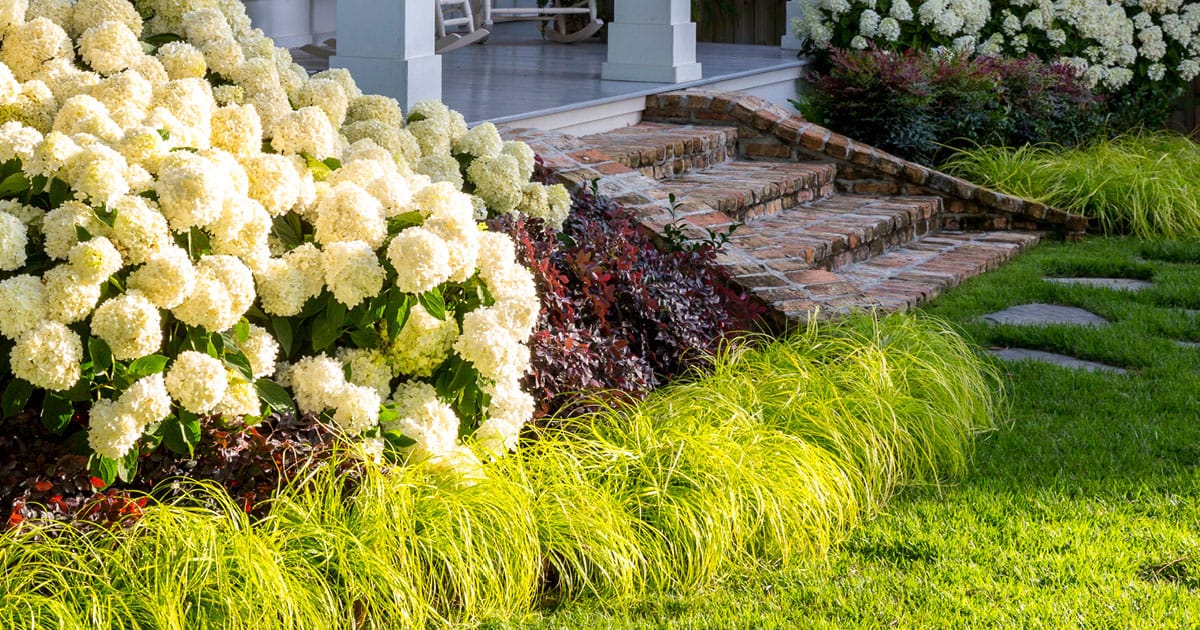
- Angelina Sedum: This succulent has chartreuse foliage that provides a unique texture contrast to the purple leaves of Purple Pixie Loropetalum. Angelina Sedum is a low-maintenance plant that is drought-tolerant.
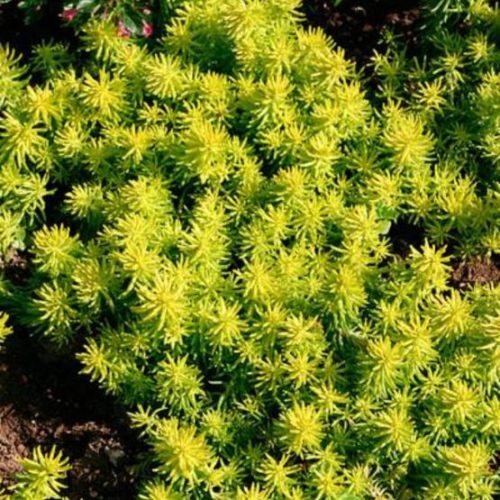
- Gardenia: These fragrant shrubs have white flowers that bloom in the summer. Gardenias are a good choice for companion plants for Purple Pixie Loropetalum because they have similar light and moisture requirements.
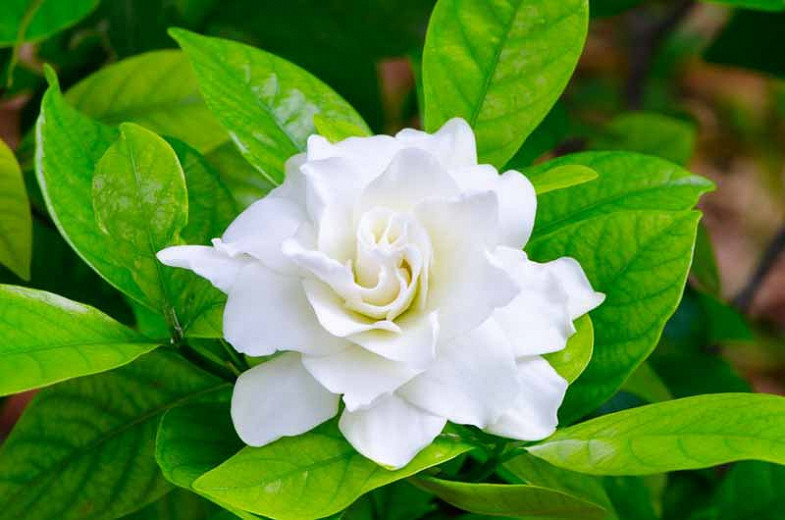
- Abelia: These shrubs have white or pink flowers that bloom in the summer. Abelia are a good choice for companion plants for Purple Pixie Loropetalum because they have similar light and moisture requirements.

- Asiatic Jasmine: This vine has fragrant white flowers that bloom in the summer. Asiatic Jasmine is a good choice for companion plants for Purple Pixie Loropetalum because it can be trained to climb over a fence or wall.

- Camellia: These shrubs have beautiful flowers that bloom in the winter or spring. Camellias are a good choice for companion plants for Purple Pixie Loropetalum because they have similar light and moisture requirements.
When choosing companion plants for Purple Pixie Loropetalum, it is also important to consider the size of the plant. Purple Pixie Loropetalum can grow up to 6 feet tall and wide, so it is important to choose companion plants that will not outgrow it.
Here are some additional tips for choosing companion plants for Purple Pixie Loropetalum:
- Choose plants that have similar light and moisture requirements.
- Choose plants that have different textures and colors to create a visually interesting garden.
- Choose plants that bloom at different times of the year to extend the bloom time of your garden.
With a little planning, you can create a beautiful and stunning garden with Purple Pixie Loropetalum and its companion plants.
Purple pixie loropetalum is a beautiful evergreen shrub that can add a touch of elegance to any garden. But what plants should you pair it with? Here are a few of my favorite companion plants for purple pixie loropetalum:
- Golden creeping Jenny: This bright yellow groundcover provides a nice contrast to the deep purple leaves of the loropetalum.
- Lemon-lime nandina: This evergreen shrub has chartreuse foliage that will brighten up any shady spot in your garden.
- Evercolor 'Everillo' carex: This grass has yellow-green leaves that will provide a splash of color in the spring and summer.
- 'Angelina' sedum: This succulent has pink-purple flowers that will bloom in the summer.
- 'Soft Caress' mahonia: This evergreen shrub has blue-green leaves and yellow flowers that bloom in the spring.
For more information about purple pixie loropetalum companion plants, I recommend visiting Gardenia Inspiration. This website has a comprehensive list of companion plants for purple pixie loropetalum, as well as tips on how to plant and care for this beautiful shrub.
FAQ of purple pixie loropetalum companion plants
Q: What are good companion plants for purple pixie loropetalum?
A: Purple pixie loropetalum is a versatile plant that can be paired with a variety of other plants. Some good companion plants include:
- Azaleas: Azaleas and purple pixie loropetalum have similar growing requirements, so they make good companions. They both prefer full sun or partial shade and well-drained soil. Azaleas also bloom in the spring, so they will add some color to your garden when purple pixie loropetalum is not in bloom.
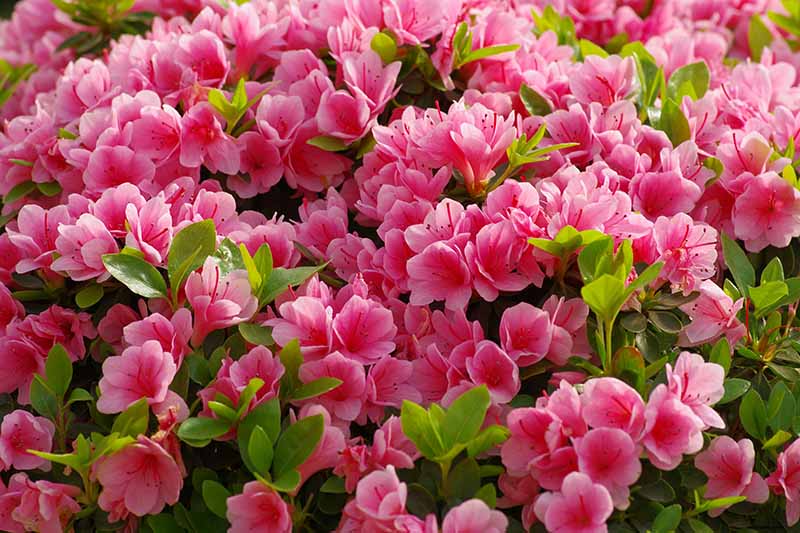
- Camellias: Camellias are another good choice for companion plants for purple pixie loropetalum. They also prefer full sun or partial shade and well-drained soil. Camellias bloom in the winter, so they will provide some color when purple pixie loropetalum is not in bloom.

- Hollyhocks: Hollyhocks are tall, stately plants that will add some height to your garden. They prefer full sun and well-drained soil. Hollyhocks bloom in the summer, so they will provide some color when purple pixie loropetalum is not in bloom.
- Perennials: There are many different perennials that can be paired with purple pixie loropetalum. Some good choices include coreopsis, salvia, and rudbeckia. These plants all prefer full sun and well-drained soil. They will bloom throughout the summer, providing your garden with a continuous display of color.
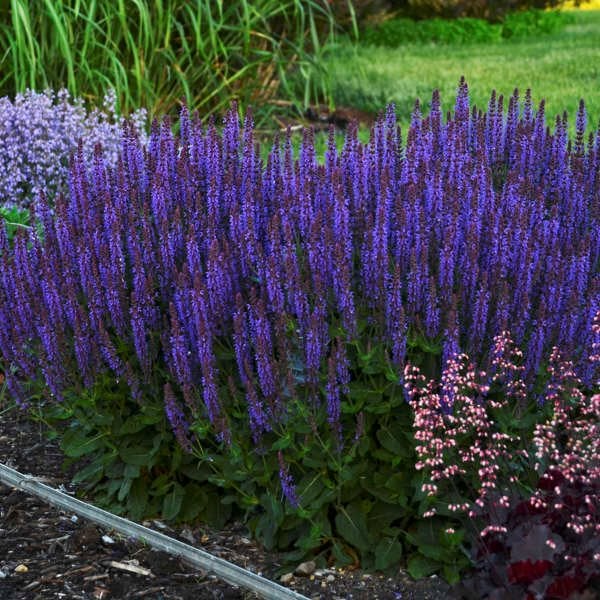
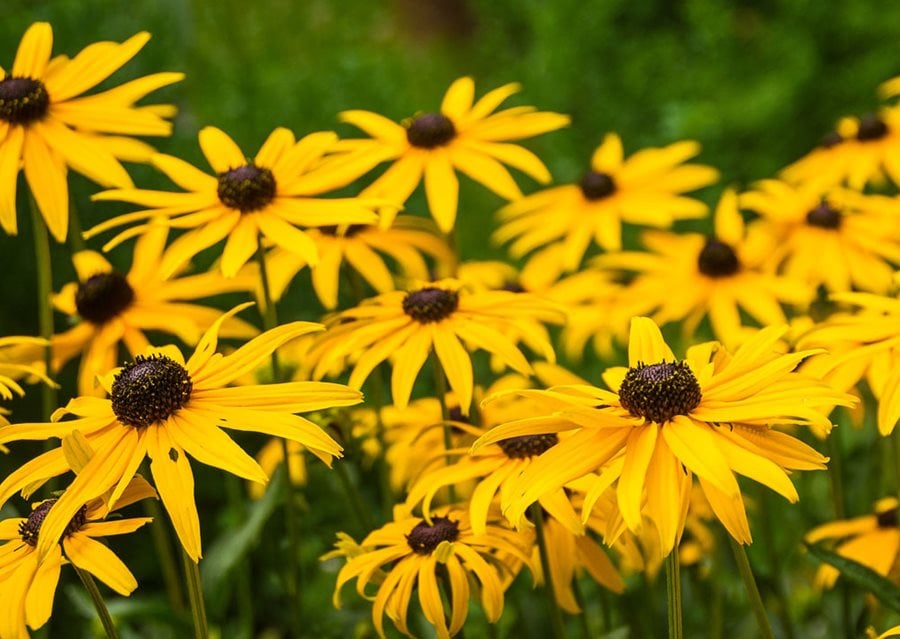
Q: What are the benefits of planting companion plants with purple pixie loropetalum?
A: There are several benefits to planting companion plants with purple pixie loropetalum. These plants can help to:
- Attract pollinators: Many companion plants, such as azaleas and hollyhocks, attract pollinators such as butterflies and bees. These pollinators are important for the environment, as they help to pollinate flowers and plants.
- Improve soil quality: Some companion plants, such as hollyhocks and perennials, can help to improve soil quality. They can do this by adding organic matter to the soil and by suppressing weeds.
- Provide structure and interest: Companion plants can help to provide structure and interest to your garden. For example, tall plants such as hollyhocks can help to add height to your garden, while perennials can provide a continuous display of color throughout the summer.
Q: What are some tips for planting purple pixie loropetalum with companion plants?
A: Here are some tips for planting purple pixie loropetalum with companion plants:
- Choose plants that have similar growing requirements. This will help to ensure that your plants will thrive in the same conditions.
- Plant your companion plants in a way that complements their natural shapes and sizes. For example, tall plants should be planted in the back of your garden, while shorter plants should be planted in the front.
- Consider the color and texture of your companion plants. This will help to create a visually appealing garden.
- Space your plants appropriately. This will give them enough room to grow and thrive.
Q: What are some common problems that can occur when planting purple pixie loropetalum with companion plants?
A: Some common problems that can occur when planting purple pixie loropetalum with companion plants include:
- Competition for water and nutrients. If your plants are competing for the same resources, they may not thrive.
- Diseases and pests. Companion plants that are susceptible to the same diseases and pests can spread these problems to each other.
- Incompatibility. Some plants simply do not get along well together. If you are not sure whether two plants are compatible, it is best to err on the side of caution and not plant them together.
Image of purple pixie loropetalum companion plants
5 different images of "purple pixie loropetalum companion plants" from Pinterest:
Golden creeping Jenny
This plant has bright yellow foliage that provides a nice contrast to the purple leaves of purple pixie loropetalum. It is also a low-maintenance plant that is easy to grow.
Lemon-lime nandina
 This plant has chartreuse foliage that provides a vibrant contrast to the purple leaves of purple pixie loropetalum. It is also a hardy plant that can tolerate a variety of conditions.
This plant has chartreuse foliage that provides a vibrant contrast to the purple leaves of purple pixie loropetalum. It is also a hardy plant that can tolerate a variety of conditions.Evercolor 'Everillo' carex
 This plant has yellow-green foliage that provides a complementary contrast to the purple leaves of purple pixie loropetalum. It is also a versatile plant that can be used in a variety of settings.
This plant has yellow-green foliage that provides a complementary contrast to the purple leaves of purple pixie loropetalum. It is also a versatile plant that can be used in a variety of settings.'Angelina' sedum
 This plant has pink-purple foliage that provides a subtle contrast to the purple leaves of purple pixie loropetalum. It is also a drought-tolerant plant that is easy to care for.
This plant has pink-purple foliage that provides a subtle contrast to the purple leaves of purple pixie loropetalum. It is also a drought-tolerant plant that is easy to care for.Mountain snow pieris
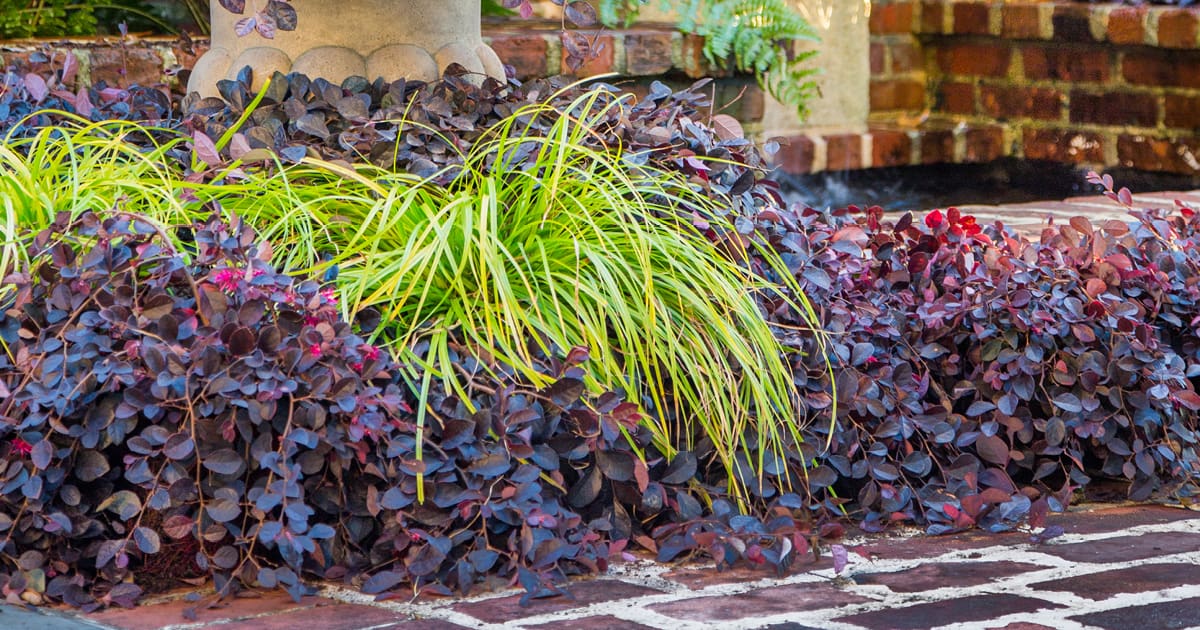 This plant has white flowers and green foliage that provides a nice contrast to the purple leaves of purple pixie loropetalum. It is also a beautiful plant that can add a touch of elegance to any garden.
This plant has white flowers and green foliage that provides a nice contrast to the purple leaves of purple pixie loropetalum. It is also a beautiful plant that can add a touch of elegance to any garden.
Post a Comment for " Stunning Companion Plants For Purple Pixie Loropetalum"